The past year was full of change, as new leadership introduced an exciting new era for Indiana University. Pamela Whitten, our 19th president and the first woman to lead IU, completed her first year. We also welcomed Provost and Executive Vice President Rahul Shrivastav as the chief academic officer for IU Bloomington. We look forward to the new directions their leadership will take us at IU.
We were pleased to have the opportunity to return to many of our regular pre-pandemic modes of recruiting, enrolling, and serving students at Indiana University. This included bringing back in-person events and services both on- and off-campus while continuing many virtual offerings.
It was especially gratifying to welcome admitted students and their families back to campus for our Red Carpet Days. We were also delighted to orient our new class during our first on-campus New Student Orientation since 2019 and to give current students even more ways to take care of the business of being a student with the return of in-person services at Student Central.
As always, our amazing OEM team has shown their dedication and creativity in achieving our mission to transform students’ lives through access, engagement, and support, while striving to become the most innovative enrollment management team in the nation.


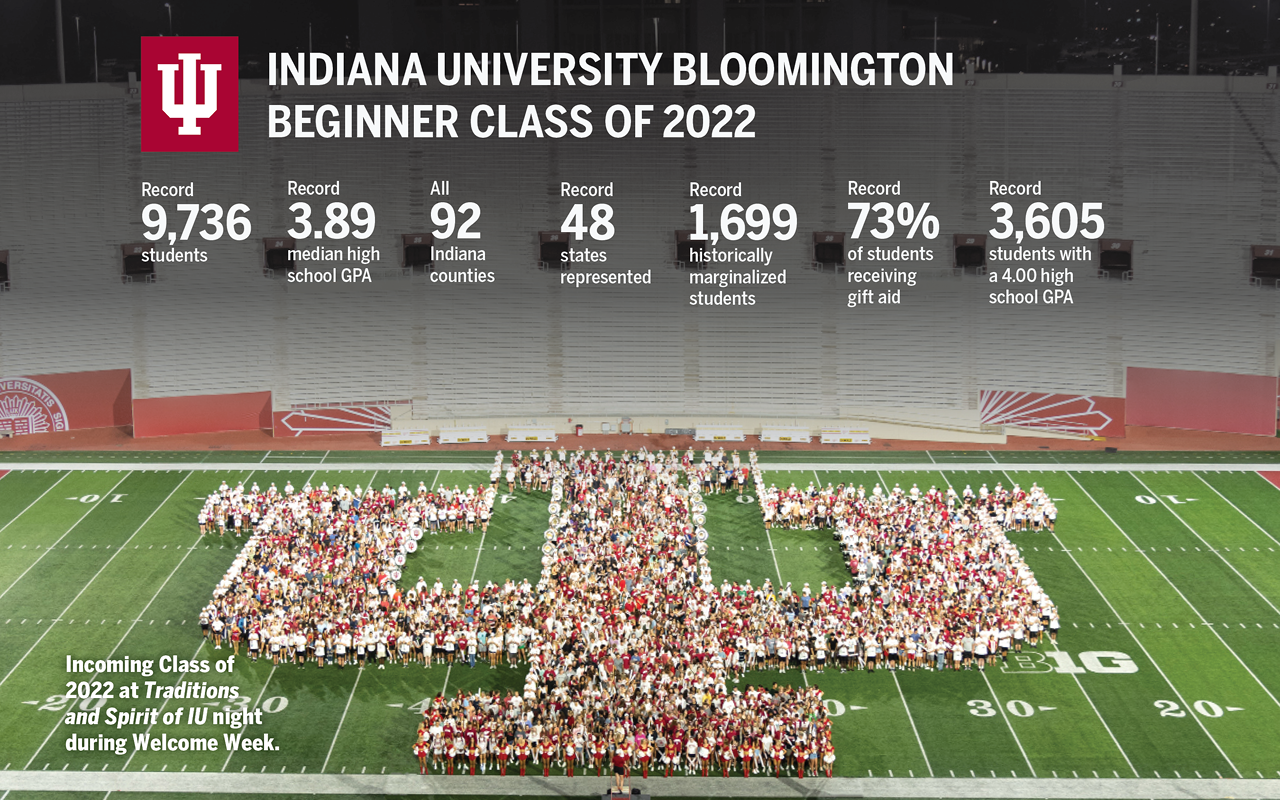
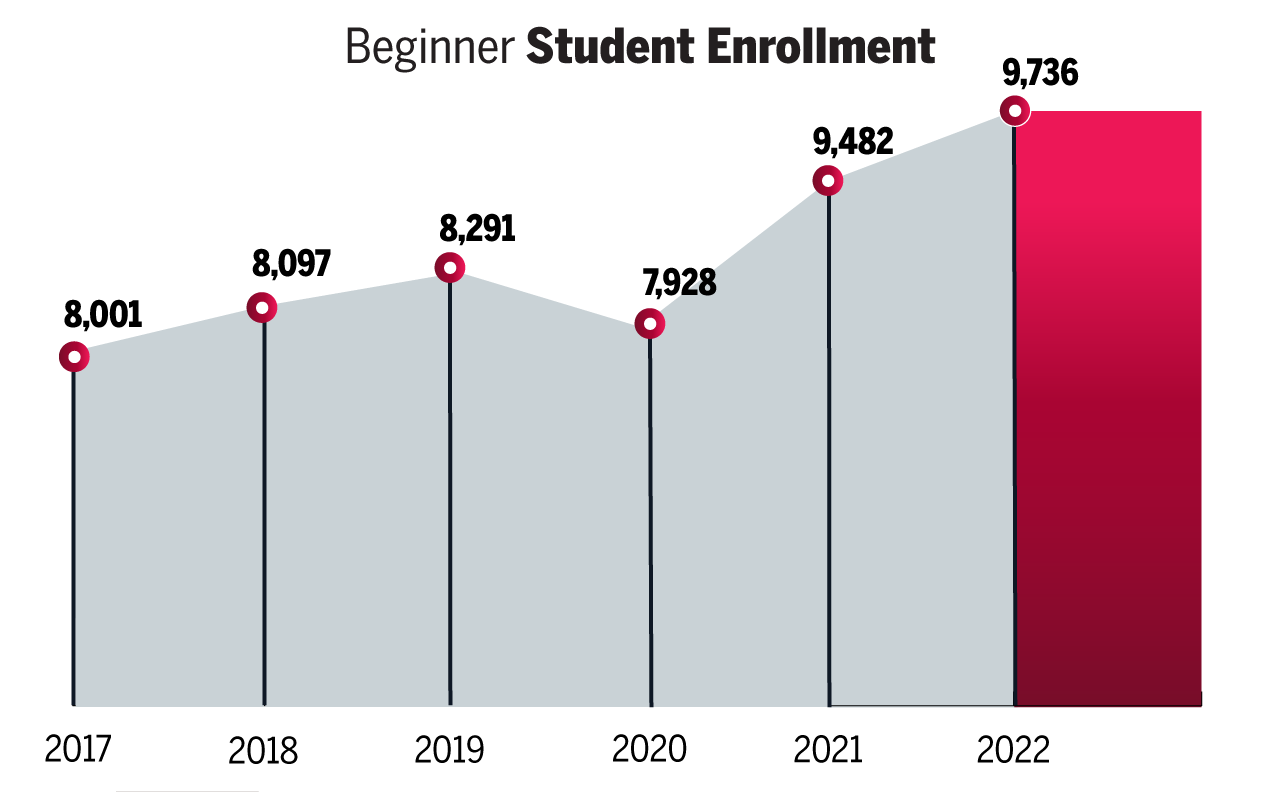
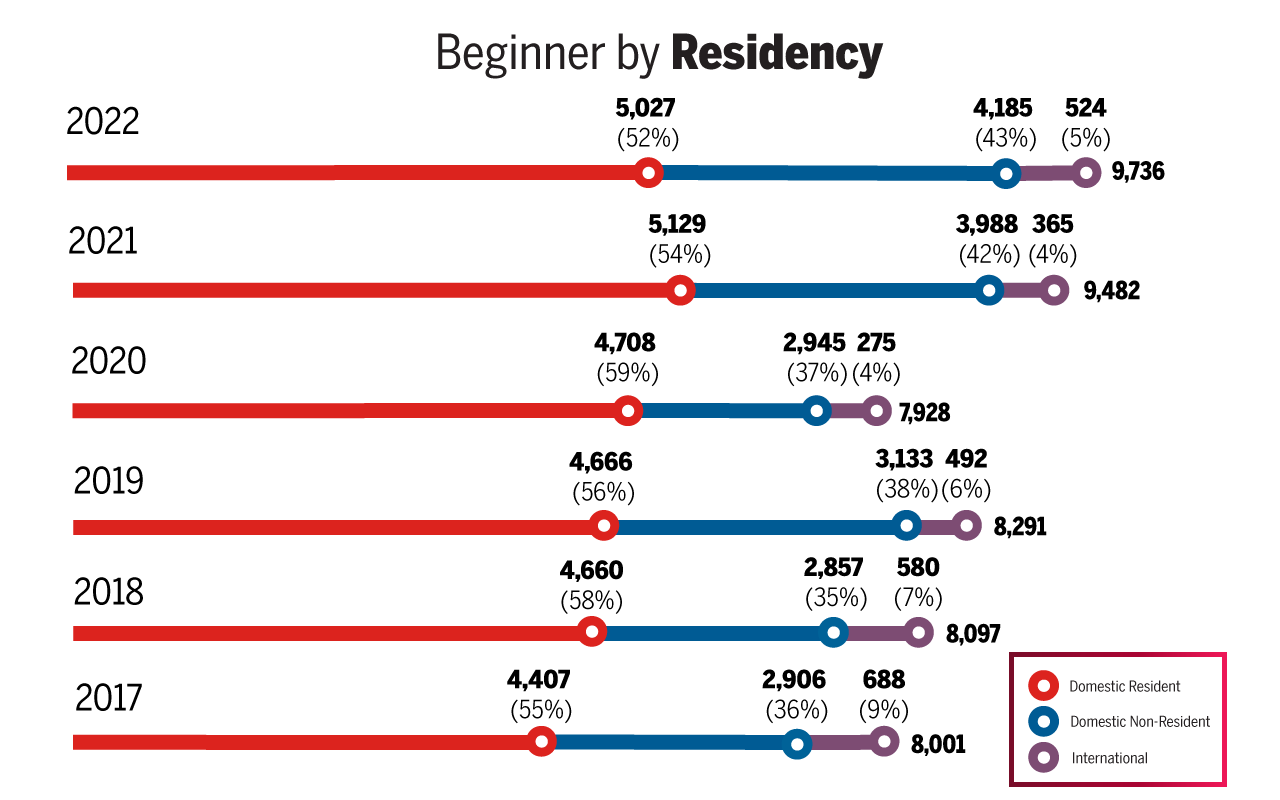
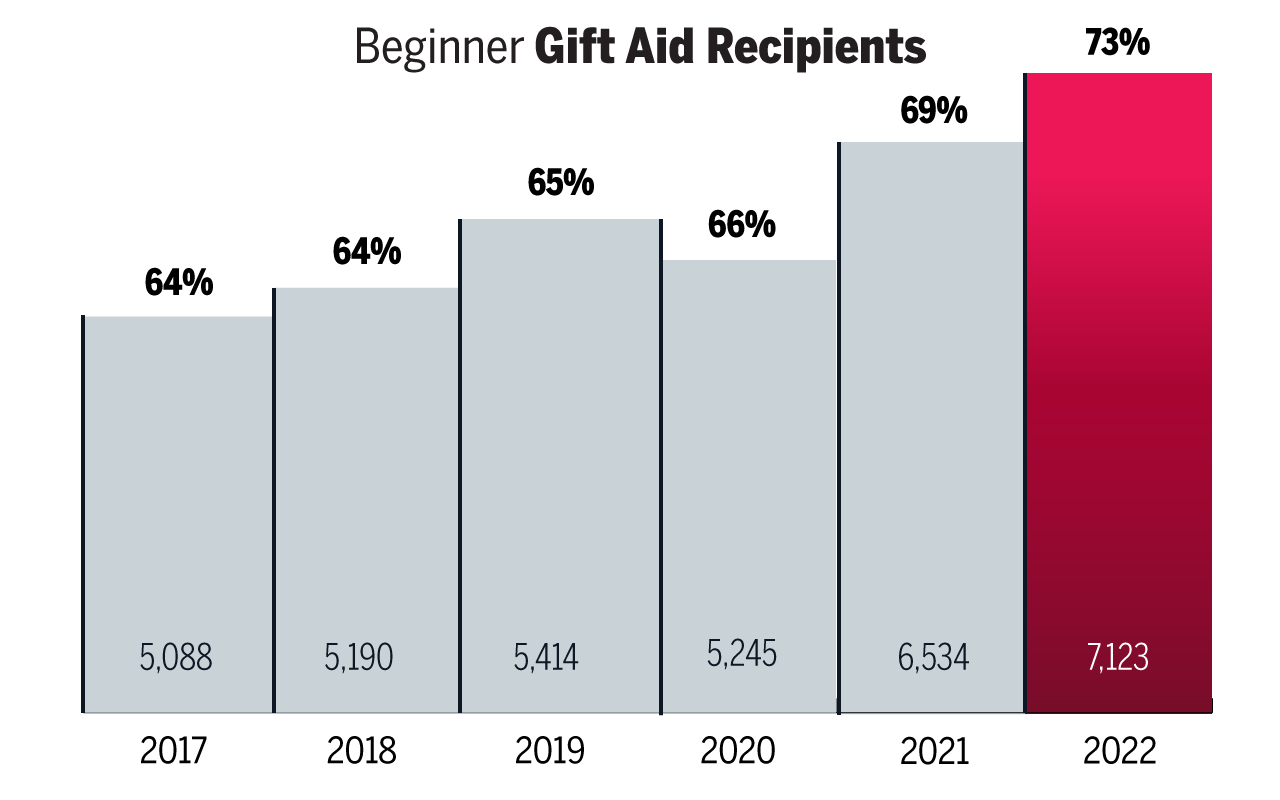
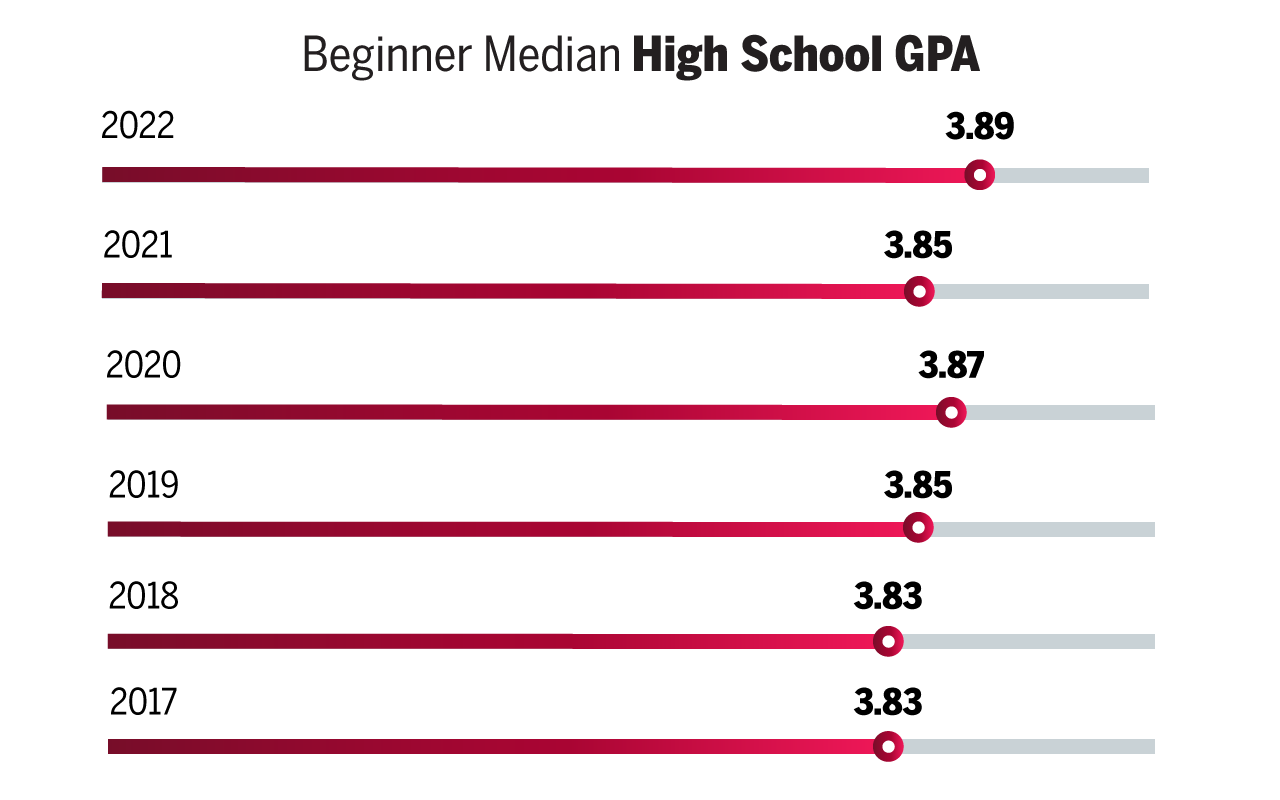

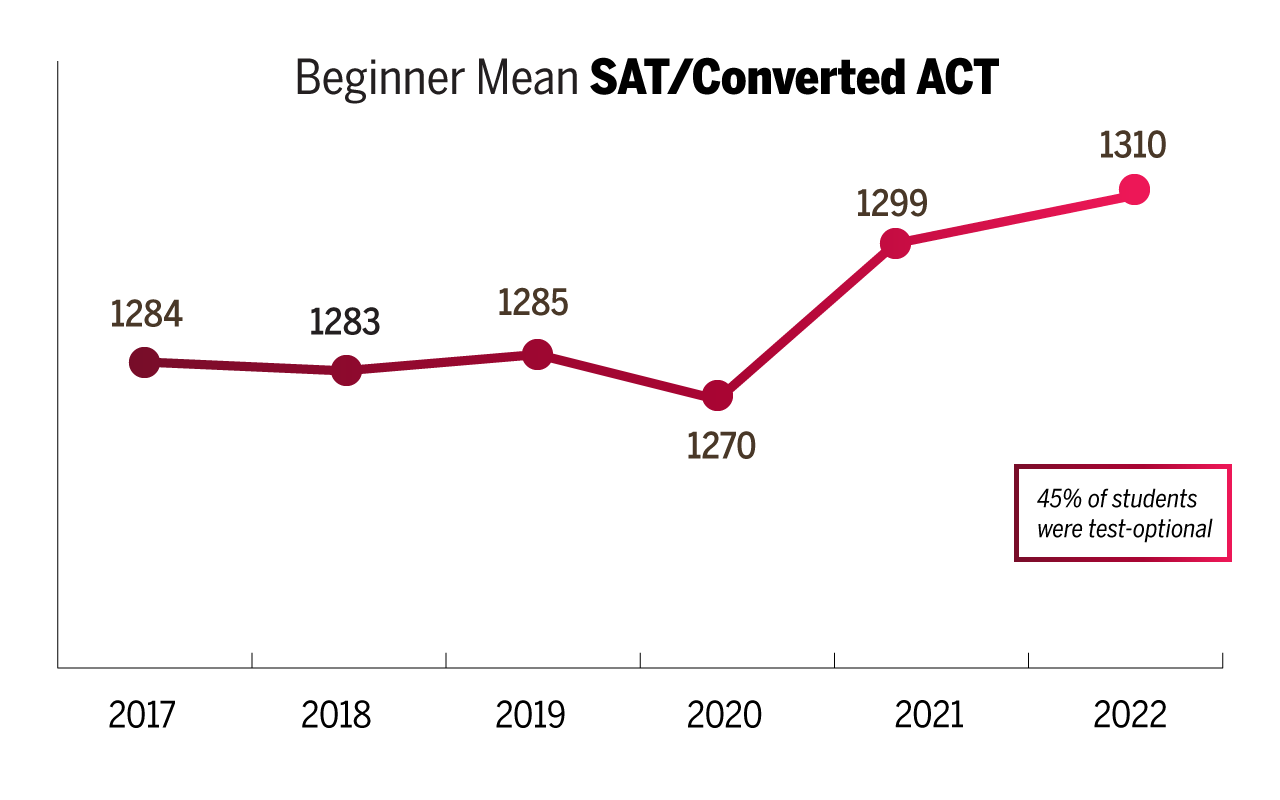
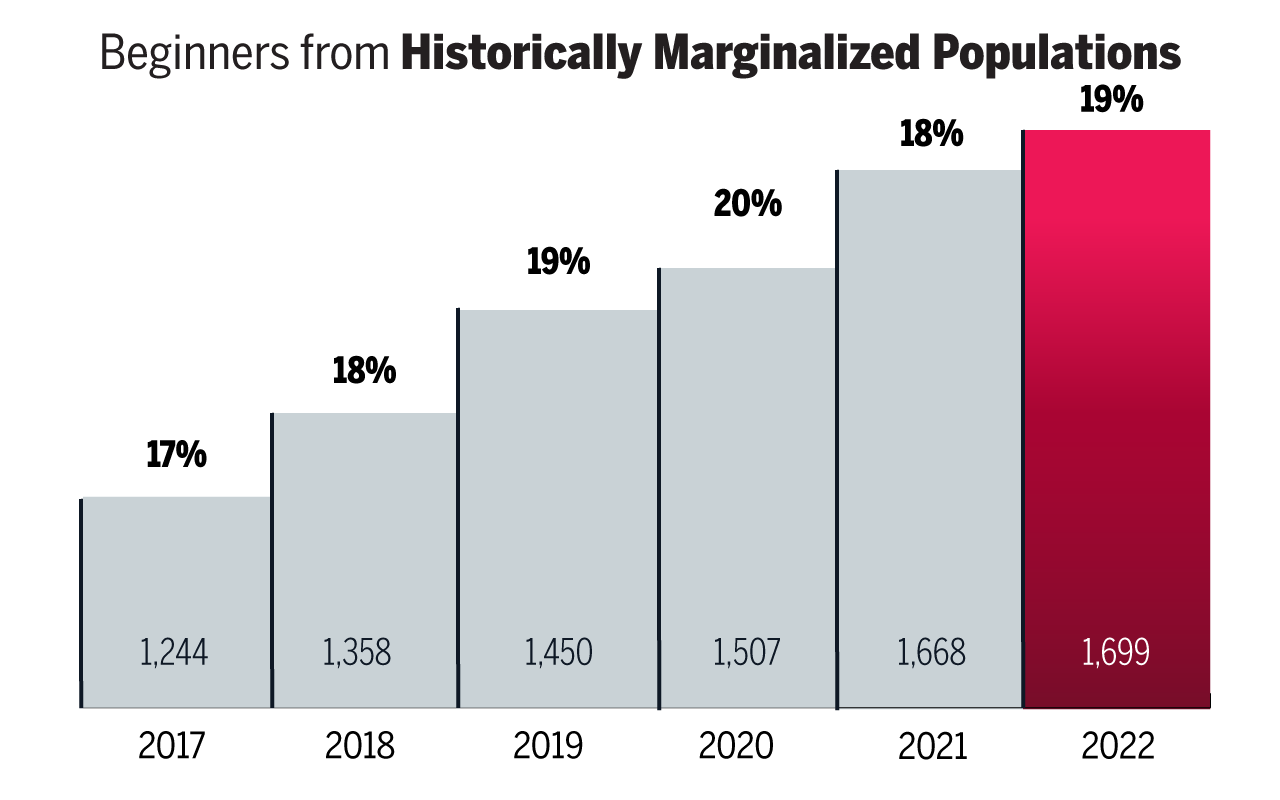
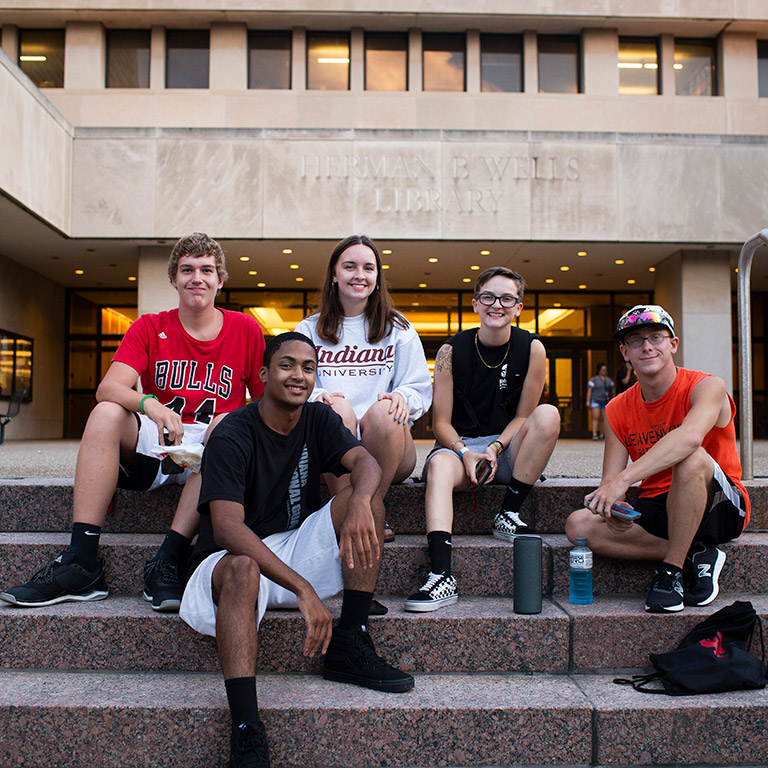 Programs and resources are offered year-round across OEM units to support students’ academic readiness during the college search process and throughout their time at IU, and introduced new student-centered programs this year. Current high school students attended the inaugural
Programs and resources are offered year-round across OEM units to support students’ academic readiness during the college search process and throughout their time at IU, and introduced new student-centered programs this year. Current high school students attended the inaugural 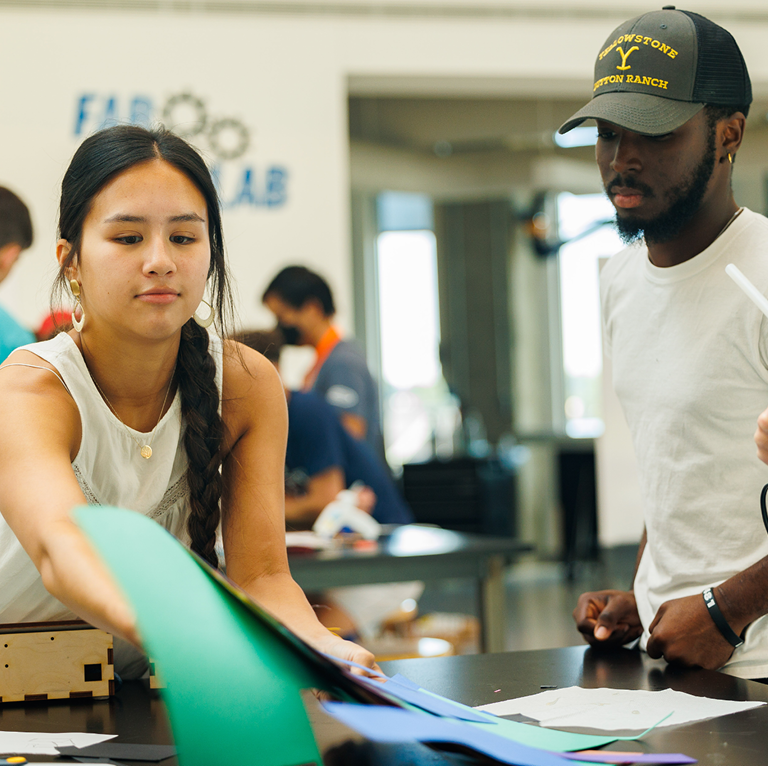 We resumed and enhanced strategically designed recruitment and outreach programs, including in person events—such as Family Receptions and Red Carpet Day Luncheons—and the virtual Level Up program for parents of enrolling students.
We resumed and enhanced strategically designed recruitment and outreach programs, including in person events—such as Family Receptions and Red Carpet Day Luncheons—and the virtual Level Up program for parents of enrolling students.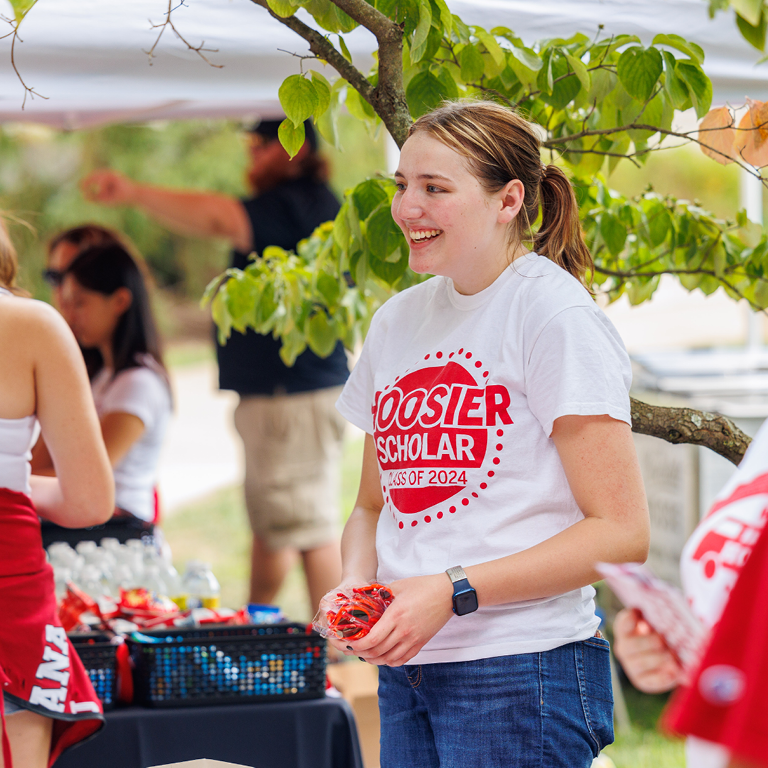 We have implemented the organizational realignment of human resources functions under the leadership of a new position, Director of Human Resources and Talent Management. The updated position will support staff culture, recruiting, onboarding, and retention.
We have implemented the organizational realignment of human resources functions under the leadership of a new position, Director of Human Resources and Talent Management. The updated position will support staff culture, recruiting, onboarding, and retention.